By Louise Irvine
The upcoming Olympic Games in Paris inspired us to investigate the sporting subjects in the WMODA collection more deeply. We learned that the artist behind two of Wedgwood’s impressive Art Deco athletic figures was a young American sculptor who worked briefly at the Etruria factory in Staffordshire, England in the mid-1930s. It was fascinating to read about his short career as a sculptor and then discover his lifetime’s work in zoology.
Alan Best was born in Chicago in 1910 and soon moved with his family to the Gulf Islands of British Columbia. His early interest in zoology led to a job sculpting animals at the American Museum of Natural History in New York. He lived with his aunt, Muriel Thomson, who was a friend of the Wedgwood family, and she took him to Europe in 1930, where he studied at the Académie Julian in Paris. While in London, Best stayed at the home of the eminent zoologist Sir Julian Huxley, who also knew the Wedgwoods.
For a short time, Alan Best was an assistant to the British sculptor Eric Kennington, and from 1934 to 1935, he was a visiting modeler at Wedgwood’s. Kennard Wedgwood, the company’s representative in America, encouraged the revived interest in figure-making as he recognized the commercial opportunities during the early 1900s. Best depicted four athletes in contemporary dress, two of which, The Sprinter and The Rugby Player, are in the museum’s collection. He also modeled The Boxer and The Weight Thrower. The figures were produced in small numbers with champagne and moonstone glazes, which were fashionable at the time. They were sold through department stores, such as the Army & Navy Co-operative Society and Waring & Gillow in London.
Best’s interest in animals can be seen in his streamlined model of The Panther, which perfectly captures the Art Deco spirit. Wedgwood had enjoyed considerable success with their animal models sculpted by John Skeaping, a talented young graduate of the Royal Academy Schools in London. Skeaping won the Prix de Rome and studied marble carving in Italy for two years before receiving the Wedgwood commission for ten animal subjects in 1926. Skeaping’s simple, modern forms were in keeping with modern interior design, and some were selected for the staterooms aboard the glamorous transatlantic ocean liner R.M.S Queen Mary, which made her maiden voyage in 1936.
That year, Alan Best appears to have given up sculpting to concentrate on his zoological interests. He worked at London Zoo as assistant to Julian Huxley until the war intervened in 1939. After serving in the British Merchant Navy, Best returned to Canada, where he started a children’s zoo in 1950. The following year, he was appointed curator at Stanley Park Zoo in Vancouver. He became a noted authority on penguins and made several trips to the Antarctic to collect different species for the zoo. He was one of the first people to raise a king penguin in captivity. We don’t know of any Wedgwood penguins, although he did model a duck. Fortunately, there are lots of Royal Doulton penguins modeled by Charles Noke in the early 1900s.
You can read more about 20th-century Wedgwood in Maureen Batkin's excellent book Wedgwood Ceramics 1846-1959, published by Richard Dennis Publications.
Read more about the Art Deco figures produced during the 1930s Olympics.

Wedgwood Rugby Player by A. Best
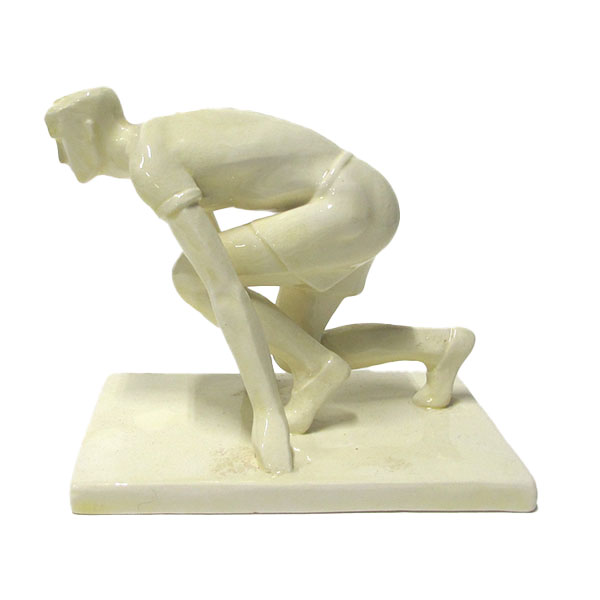
Wedgwood Sprinter by A. Best
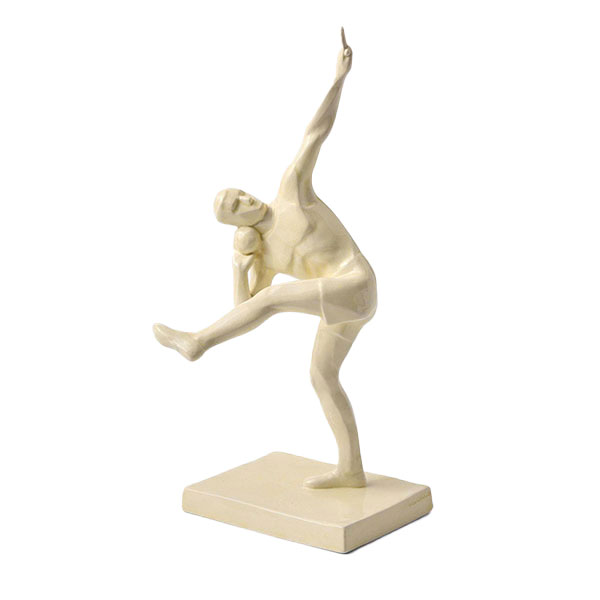
Wedgwood Weight Thrower by A. Best
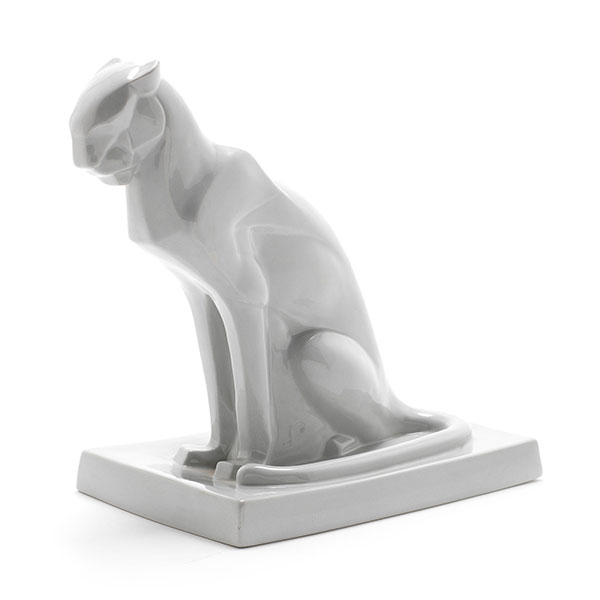
Wedgwood Panther by A. Best

Alan Best
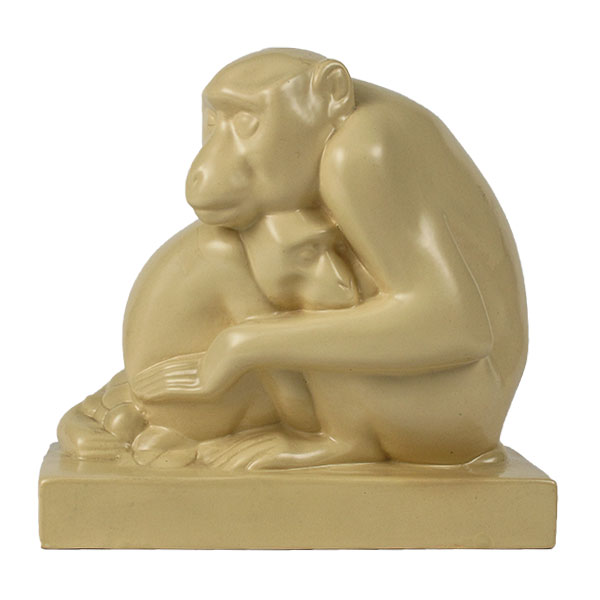
Wedgwood Apes by J. Skeaping
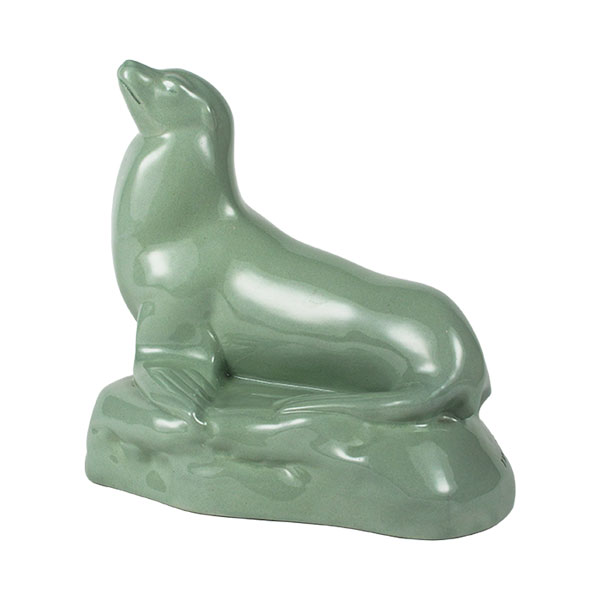
Wedgwood Sea Lion by J. Skeaping
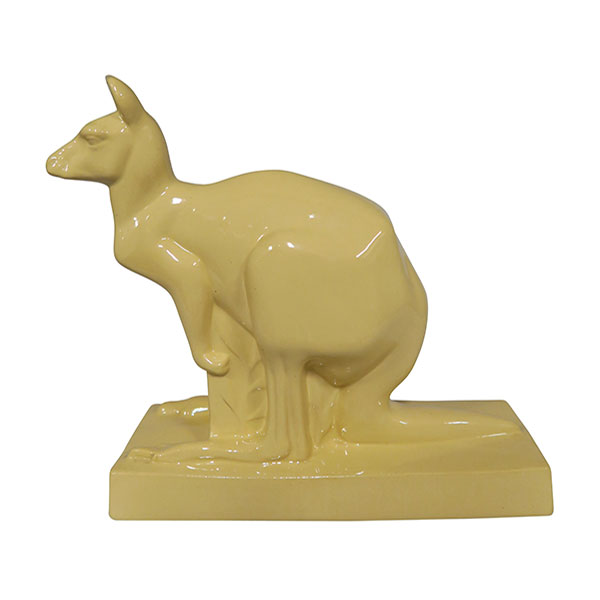
Wedgwood Kangaroo by J. Skeaping
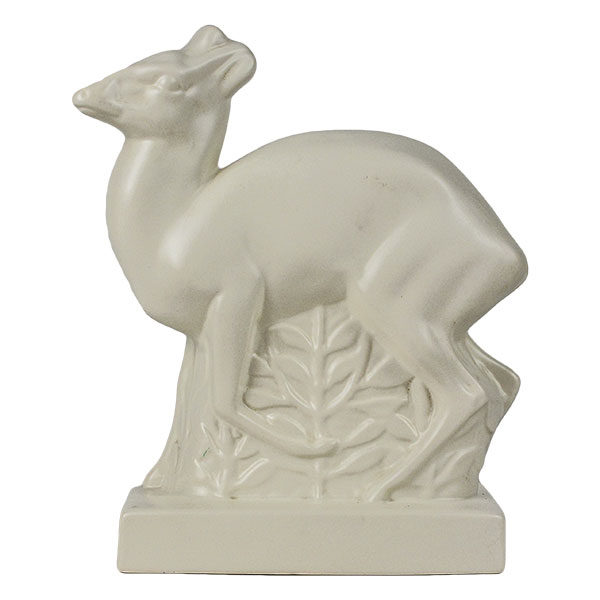
Wedgwood Deer by J. Skeaping
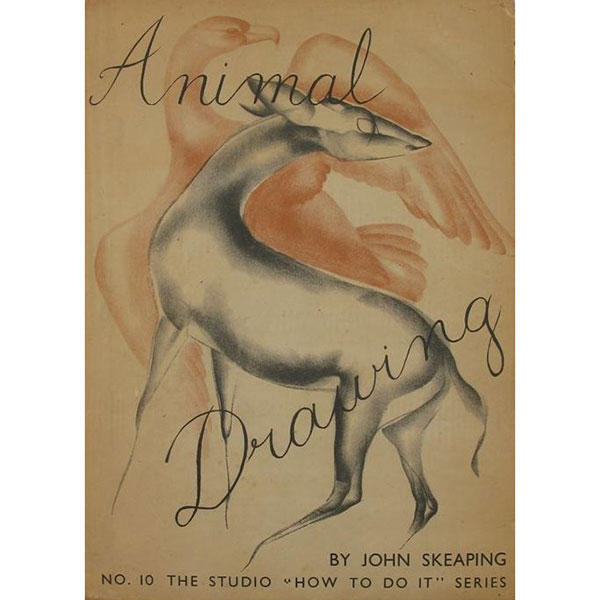
Animal Drawing Book by J. Skeaping
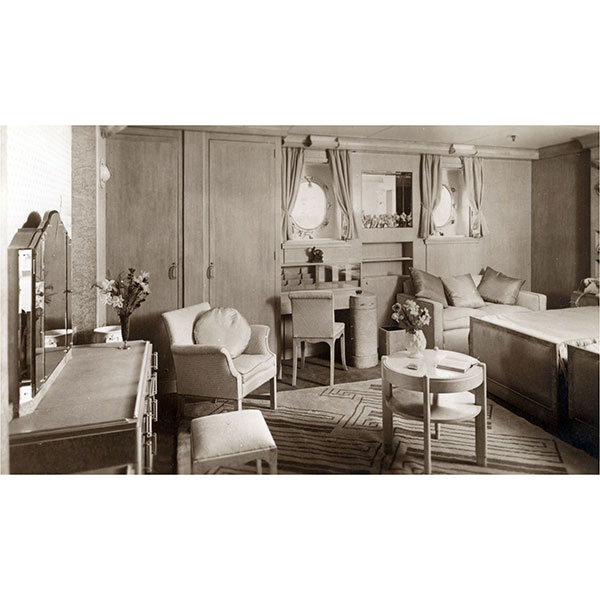
Queen Mary Postcard with Wedgwood Deer
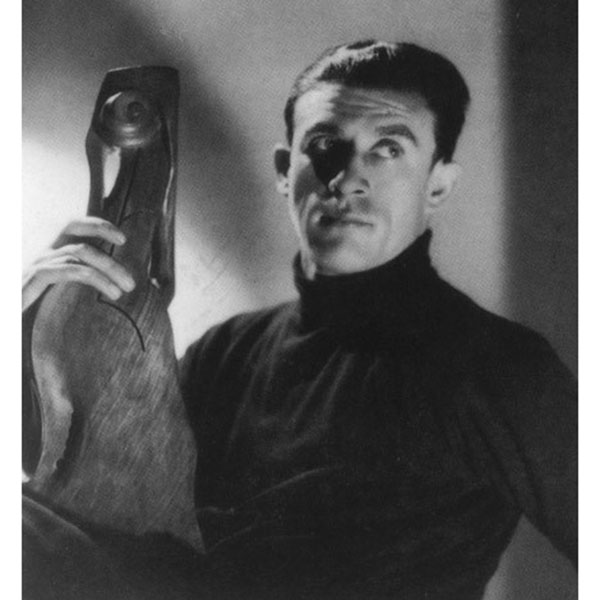
John Skeaping
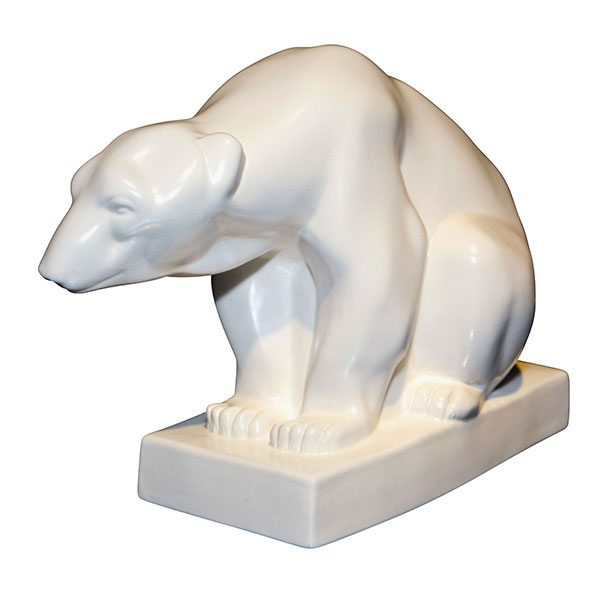
Wedgwood Polar Bear by J. Skeaping
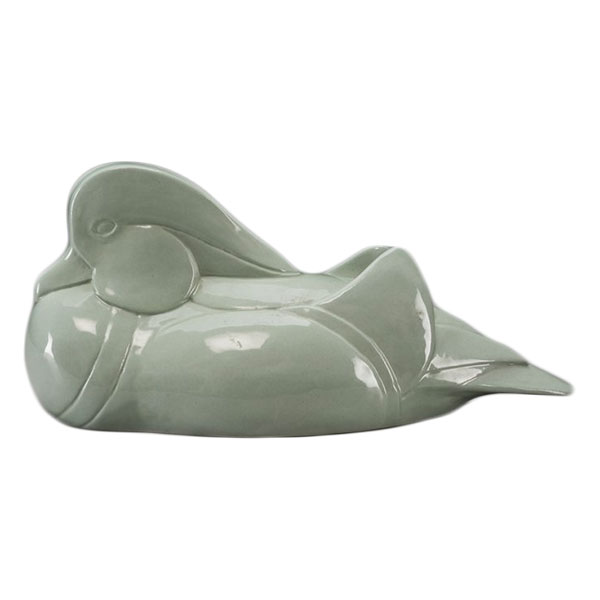
Wedgwood Mandarin Duck by A. Best

Royal Doulton Penguin
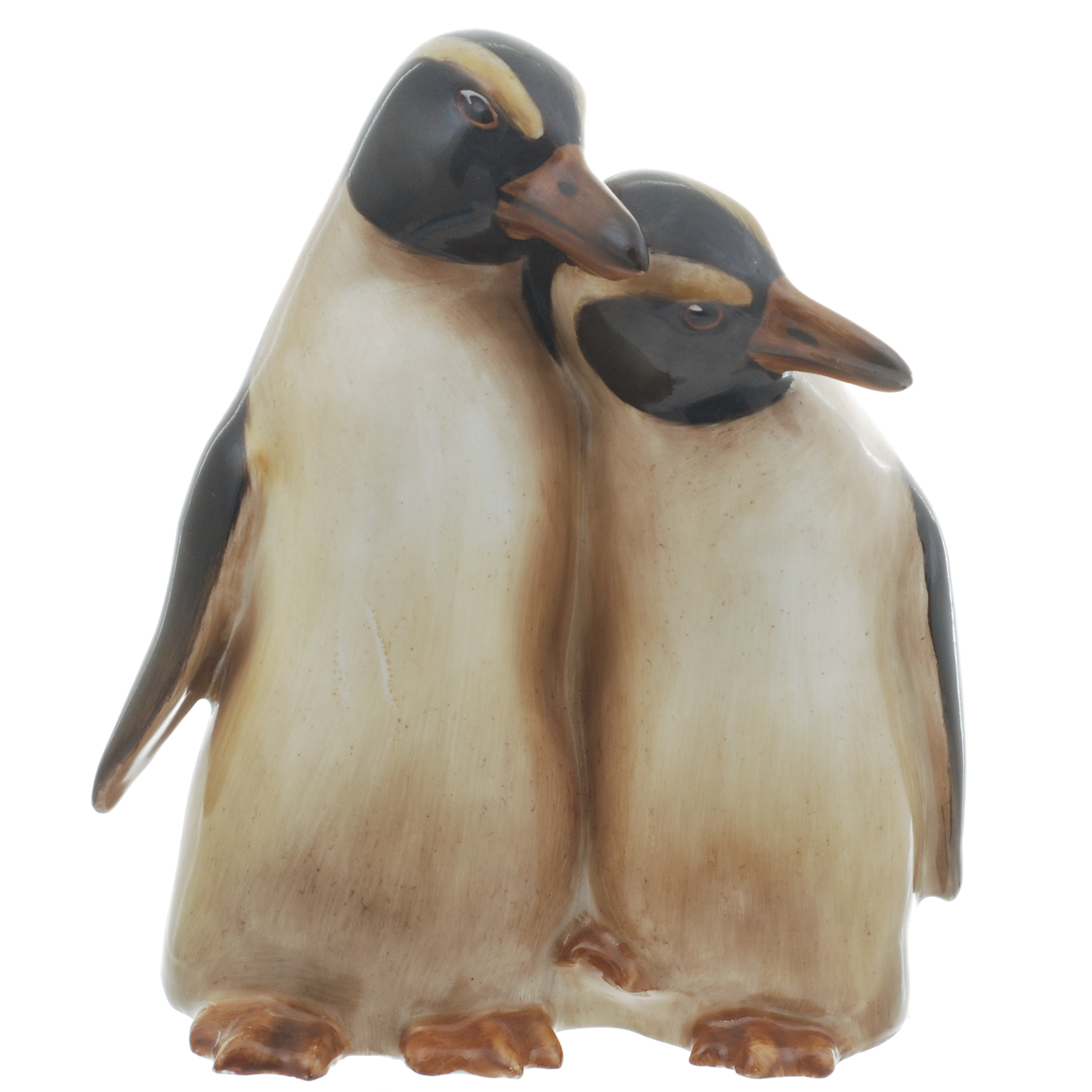
Royal Doulton Penguins
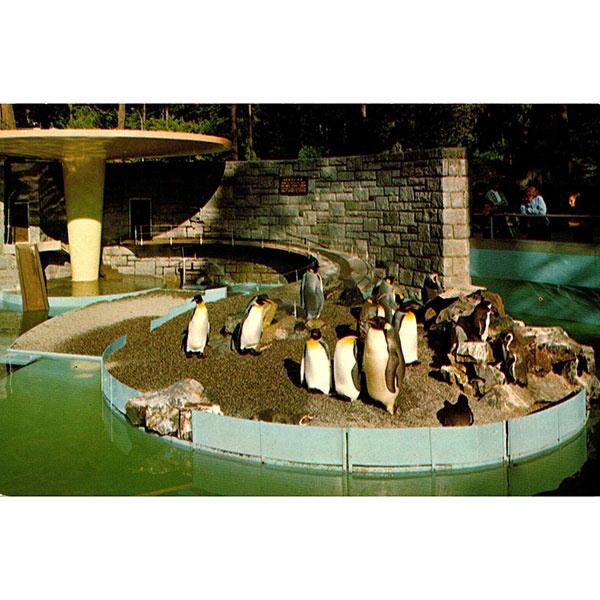
Penguins Postcard Stanley Park Zoo
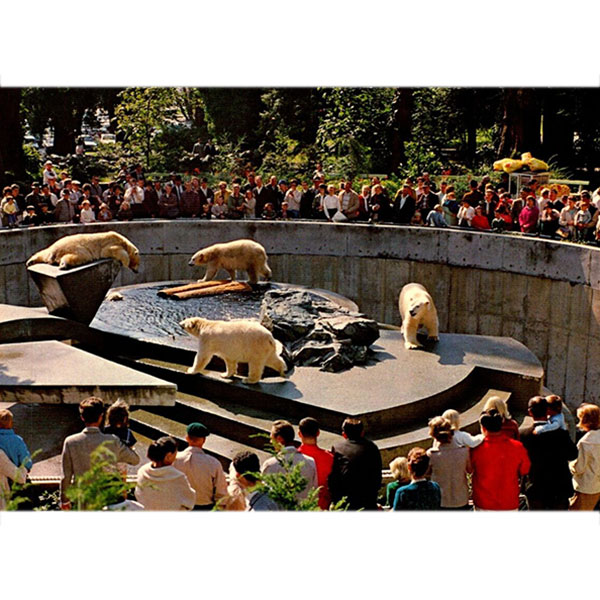
Polar Bears Stanley Park Zoo Postcard
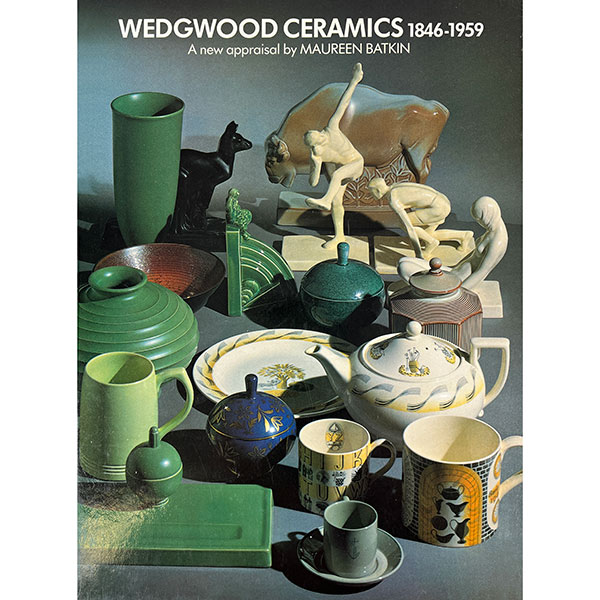
Wedgwood Ceramics 1846 - 1959
